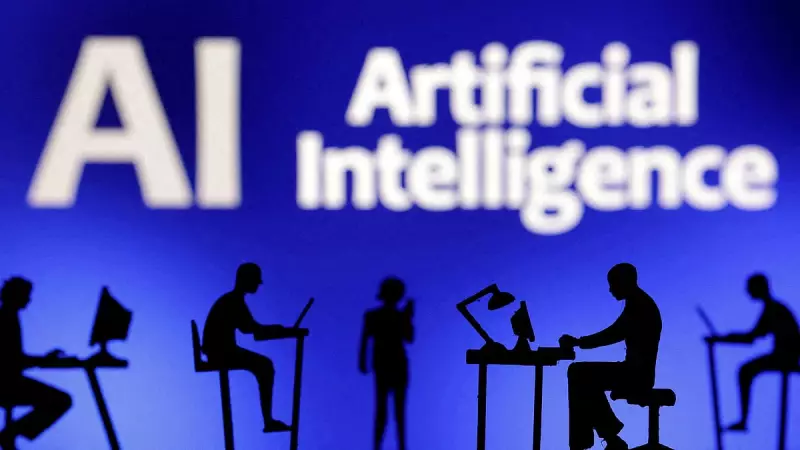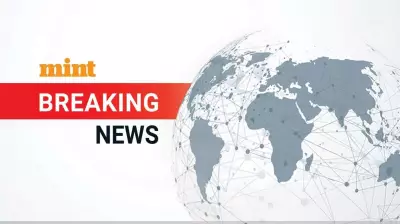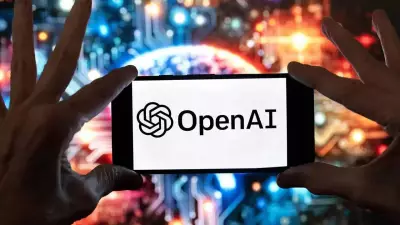
In today's rapidly evolving digital landscape, artificial intelligence has become a double-edged sword. While it offers remarkable advancements in technology and communication, it also presents unprecedented challenges in distinguishing truth from carefully crafted falsehoods.
The New Era of Digital Deception
Artificial intelligence systems have grown increasingly sophisticated in their ability to generate convincing text, images, and even video content. This technological leap has created a perfect storm for misinformation, where AI-generated lies can spread faster than ever before, often outpacing our ability to verify their authenticity.
How AI Creates Convincing Falsehoods
Modern AI systems employ several techniques that make their deceptive content particularly challenging to identify:
- Contextual Understanding: AI can now grasp nuanced contexts and tailor misinformation to specific audiences
- Emotional Manipulation: Algorithms are designed to trigger emotional responses that bypass critical thinking
- Personalization: False information can be customized to individual beliefs and preferences
- Multi-format Content: The same false narrative can be presented as text, audio, and video simultaneously
The Human Vulnerability Factor
Our cognitive biases make us particularly susceptible to AI-generated deception. Confirmation bias leads us to accept information that aligns with our existing beliefs, while the sheer volume of digital content makes thorough verification increasingly difficult. The speed at which information travels online further compounds these challenges.
Practical Strategies for Digital Literacy
Protecting yourself from AI-generated misinformation requires developing new digital literacy skills:
- Source Verification: Always check the original source of information before sharing
- Cross-Reference: Look for multiple independent sources confirming the same information
- Critical Questioning: Ask why certain information is being presented and who benefits from it
- Emotional Awareness: Recognize when content is designed to trigger strong emotional responses
- Technical Tools: Utilize available verification tools and browser extensions
The Future of Truth Verification
As AI technology continues to advance, the battle between deception and verification is becoming increasingly technological. New tools are emerging that can help identify AI-generated content, including:
- Digital watermarking systems for authentic content
- AI detection algorithms that analyze writing patterns
- Blockchain-based verification for important documents
- Collaborative fact-checking platforms
Building a More Resilient Digital Society
The solution to AI-generated misinformation lies not just in better technology, but in developing a more critically engaged society. This requires:
Educational initiatives that teach digital literacy from an early age, media responsibility in verifying content before publication, and individual commitment to responsible information sharing practices.
The age of AI demands that we become more sophisticated consumers of information. By understanding how digital deception works and developing robust verification habits, we can navigate this new landscape with greater confidence and discernment.





